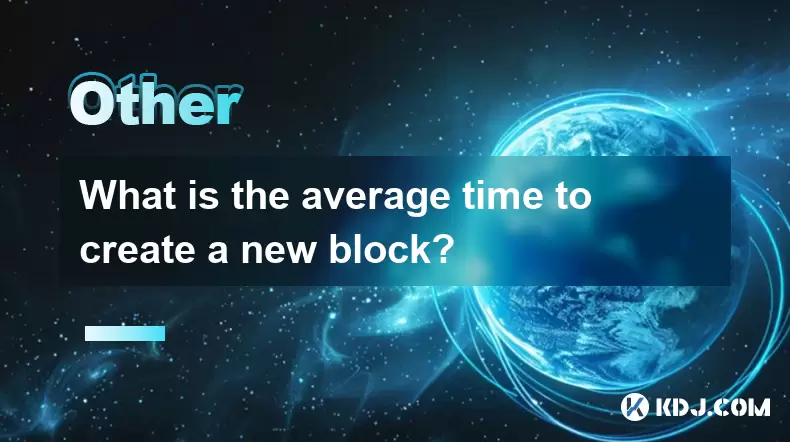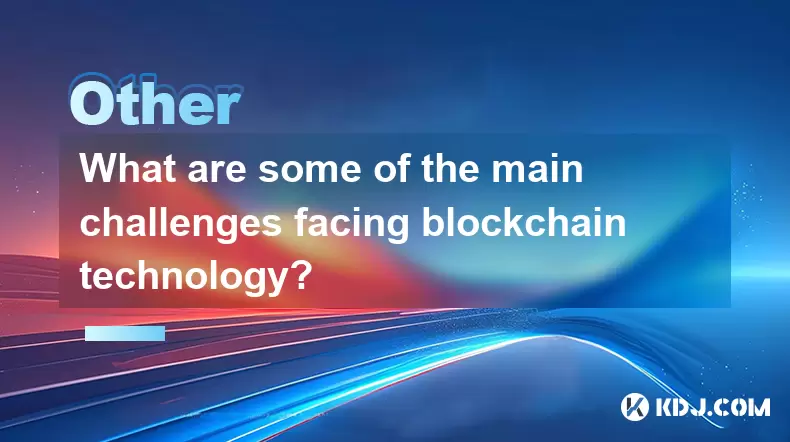-
 Bitcoin
Bitcoin $115700
0.65% -
 Ethereum
Ethereum $3785
3.93% -
 XRP
XRP $3.033
1.78% -
 Tether USDt
Tether USDt $1.000
0.04% -
 BNB
BNB $770.7
0.50% -
 Solana
Solana $168.4
0.56% -
 USDC
USDC $1.000
0.02% -
 TRON
TRON $0.3403
1.83% -
 Dogecoin
Dogecoin $0.2113
3.84% -
 Cardano
Cardano $0.7539
2.34% -
 Hyperliquid
Hyperliquid $38.84
1.28% -
 Sui
Sui $3.700
6.88% -
 Stellar
Stellar $0.4069
2.56% -
 Chainlink
Chainlink $17.80
6.93% -
 Bitcoin Cash
Bitcoin Cash $573.5
0.73% -
 Hedera
Hedera $0.2478
1.24% -
 Ethena USDe
Ethena USDe $1.001
0.00% -
 Avalanche
Avalanche $22.42
1.58% -
 Litecoin
Litecoin $120.6
2.58% -
 UNUS SED LEO
UNUS SED LEO $8.962
-0.29% -
 Toncoin
Toncoin $3.296
2.09% -
 Shiba Inu
Shiba Inu $0.00001251
1.77% -
 Uniswap
Uniswap $9.982
3.75% -
 Polkadot
Polkadot $3.710
1.55% -
 Dai
Dai $1.000
0.00% -
 Bitget Token
Bitget Token $4.425
1.98% -
 Monero
Monero $265.2
-7.14% -
 Cronos
Cronos $0.1472
2.44% -
 Pepe
Pepe $0.00001073
2.66% -
 Aave
Aave $270.9
4.17%
can blockchain replace database
Despite its advantages in security and decentralization, blockchain's limitations in performance, scalability, and flexibility make it unsuitable for replacing databases in high-volume transactional or large-scale unstructured data applications.
Oct 11, 2024 at 08:41 pm

Can Blockchain Replace Databases?
1. Understanding Blockchain and Databases
Blockchain: A distributed, secure ledger maintained by multiple nodes, where transactions are recorded in blocks and linked chronologically.
Database: An organized collection of data stored on a single or multiple servers, managed by a database management system (DBMS).
2. Similarities and Differences
Similarities:
- Both store data in a persistent manner.
- Can be accessed by multiple parties.
Differences:
- Data Structure: Blockchain stores data in blocks, while databases use tables and columns.
- Decentralization: Blockchain is decentralized with multiple nodes, while databases are typically centralized.
- Security: Blockchain offers high security due to its decentralized nature, while databases rely on traditional security measures.
- Immutability: Transactions recorded on a blockchain are immutable, while databases allow for data updates.
3. Advantages of Blockchain over Databases
- Enhanced security and data integrity
- Decentralization and distributed storage
- Improved transparency and auditability
- Reduced infrastructure costs (no central server)
4. Disadvantages of Blockchain over Databases
- Limited performance and scalability compared to optimized databases
- High energy consumption for proof-of-work consensus
- Complexity in adapting existing database systems
- Lack of mature tools and standards
5. Use Cases where Blockchain Can Replace Databases
- Supply chain management: Tracking and verifying the movement of goods in a secure and transparent manner.
- Financial services: Recording and tracking transactions in a decentralized and immutable ledger.
- Voting systems: Ensuring the integrity and transparency of election results.
- Healthcare: Secure storage and exchange of patient records.
6. Limitations of Blockchain as a Database Replacement
- Not suitable for high-volume, transactional applications.
- Inefficient for storing large, unstructured data sets.
- Limited support for advanced data query and manipulation.
- Lack of flexibility in data updates and schema changes.
Conclusion:
Blockchain offers unique advantages over traditional databases in terms of security, decentralization, and immutability. However, its limitations in performance, scalability, and flexibility make it unsuitable for replacing databases in all applications. For applications requiring high performance, advanced data capabilities, and frequent updates, databases remain the preferred choice. Blockchain can complement databases in specific use cases where security and transparency are critical.
Disclaimer:info@kdj.com
The information provided is not trading advice. kdj.com does not assume any responsibility for any investments made based on the information provided in this article. Cryptocurrencies are highly volatile and it is highly recommended that you invest with caution after thorough research!
If you believe that the content used on this website infringes your copyright, please contact us immediately (info@kdj.com) and we will delete it promptly.
- Bitcoin's Wild Ride: Bollinger Bands, $117K, and What's Next?
- 2025-08-08 00:30:12
- Ripple, Rail, and Stablecoin Payments: A $200M Power Play
- 2025-08-07 22:50:12
- Punisher Coin Presale: The Next $Trump? Aiming for 100x Gains!
- 2025-08-07 22:50:12
- Riding the Crypto Wave: Presale Cryptos, Cold Wallets, and the BTC Bull Run
- 2025-08-07 23:10:12
- Crypto's Wild Ride: Punisher Coin, Popcat, and the Meme Coin Mania
- 2025-08-07 23:10:12
- Bitcoin Price, XRP Prediction, Cryptocurrency: Navigating the Wild West of Digital Assets
- 2025-08-07 23:15:12
Related knowledge

What is the purpose of a nonce in mining?
Aug 04,2025 at 05:56pm
Understanding the Role of a Nonce in Cryptocurrency MiningIn the world of cryptocurrency mining, the term nonce stands for 'number used only once.' Th...

Can data on a blockchain be deleted?
Aug 05,2025 at 04:00am
Understanding Blockchain ImmutabilityThe core principle behind most blockchain systems is immutability, which means that once data is recorded onto th...

What is the difference between on-chain and off-chain transactions?
Aug 02,2025 at 04:22pm
Understanding On-Chain TransactionsOn-chain transactions refer to digital asset transfers that are recorded directly on a blockchain ledger. These tra...

What is the average time to create a new block?
Aug 06,2025 at 09:21pm
Understanding Block Creation in Blockchain NetworksThe average time to create a new block varies significantly depending on the specific blockchain pr...

How are blocks linked together?
Aug 04,2025 at 06:56am
Understanding the Structure of a BlockchainA blockchain is a decentralized digital ledger composed of a sequence of blocks, each containing a list of ...

What are some of the main challenges facing blockchain technology?
Aug 07,2025 at 02:58am
Scalability Constraints in Blockchain NetworksOne of the most persistent challenges in blockchain technology is scalability. As blockchain networks gr...

What is the purpose of a nonce in mining?
Aug 04,2025 at 05:56pm
Understanding the Role of a Nonce in Cryptocurrency MiningIn the world of cryptocurrency mining, the term nonce stands for 'number used only once.' Th...

Can data on a blockchain be deleted?
Aug 05,2025 at 04:00am
Understanding Blockchain ImmutabilityThe core principle behind most blockchain systems is immutability, which means that once data is recorded onto th...

What is the difference between on-chain and off-chain transactions?
Aug 02,2025 at 04:22pm
Understanding On-Chain TransactionsOn-chain transactions refer to digital asset transfers that are recorded directly on a blockchain ledger. These tra...

What is the average time to create a new block?
Aug 06,2025 at 09:21pm
Understanding Block Creation in Blockchain NetworksThe average time to create a new block varies significantly depending on the specific blockchain pr...

How are blocks linked together?
Aug 04,2025 at 06:56am
Understanding the Structure of a BlockchainA blockchain is a decentralized digital ledger composed of a sequence of blocks, each containing a list of ...

What are some of the main challenges facing blockchain technology?
Aug 07,2025 at 02:58am
Scalability Constraints in Blockchain NetworksOne of the most persistent challenges in blockchain technology is scalability. As blockchain networks gr...
See all articles

























































































